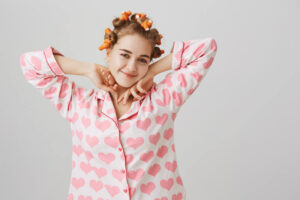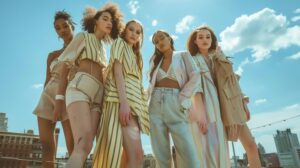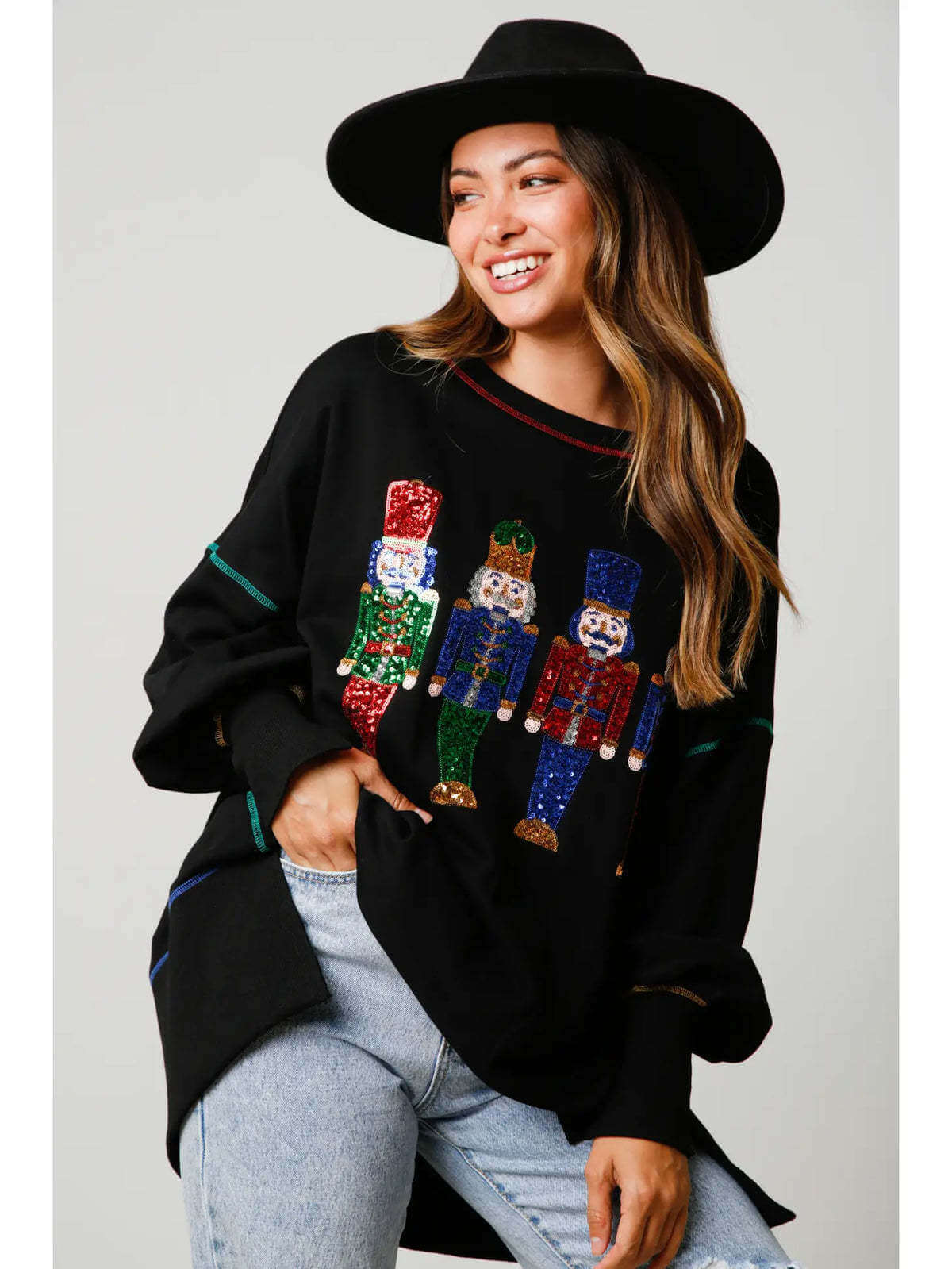In this era of leading fashion trends, the innovation of clothing fabrics is not only about style and appearance, but also closely connected with modern values such as sustainability and environmental protection.
Designers’ unique vision in material selection not only shapes the brand image, but also injects new vitality into the fashion industry.
This article will delve into the unique properties and applications of various types of clothing fabrics, revealing designers’ exquisite skills in material innovation and its profound impact on the fashion world.
In a world where style meets substance, our exploration begins with a fundamental component – fabric classification.
Woven Fabrics
Fabrication Process of Woven Fabrics
The production of woven fabrics involves a series of intricate steps, showcasing the craftsmanship that goes into creating durable and versatile textiles.
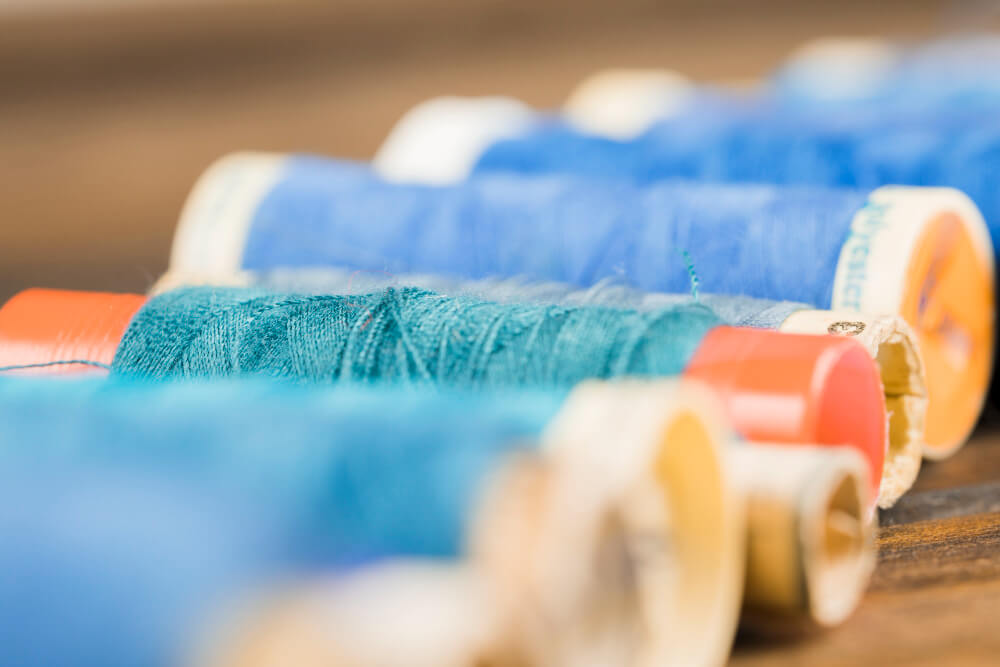
- Fiber Spinning: The journey begins with the conversion of raw fibers into yarns through spinning. This step establishes the foundation for the entire fabric production process.
- Yarn Spinning: Yarn spinning involves further refining and strengthening the fibers, preparing them for the subsequent weaving process. Various spinning techniques contribute to the diversity of yarns available for weaving.
- Weaving: The heart of woven fabric production lies in the art of weaving, where the warp and weft yarns intertwine to form the fabric. The choice of weaving pattern contributes to the unique characteristics of the final textile.
- Dyeing and Finishing: Once the fabric is woven, it undergoes the dyeing and finishing process. This step not only imparts color to the fabric but also enhances its texture, durability, and overall aesthetic appeal.
- Fabric Cutting and Manufacturing: After the fabric is dyed and finished, it is meticulously cut and assembled to create the desired garment. Precision in cutting and manufacturing ensures the final product aligns with design specifications.
- Garment Production: The last phase involves the assembly of the cut fabric pieces into the final garment. Skilled artisans bring together their expertise to ensure the garment meets quality standards and reflects the intended design.
Moreover, within the garment fabrication process, there exists a unique method known as “dyed before weaving” or “color weaving.” This technique involves dyeing the yarns before the weaving process, resulting in a fabric with intricately pre-designed patterns and colors.
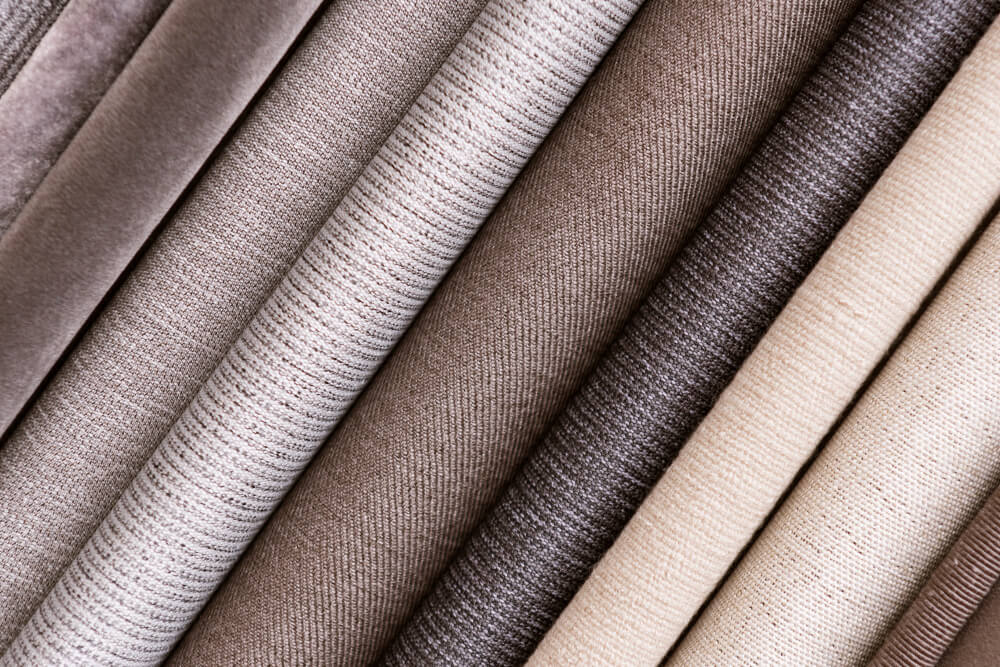
Weaving Methods of Woven Fabrics
Woven fabrics encompass two major weaving methods, each offering distinct characteristics:
(a) Woven Fabrics: Commonly known as woven fabrics, they are crafted by interlacing warp and weft yarns vertically. Basic weaves include the time-tested plain weave, the distinctive twill weave, and the luxurious satin weave. Woven fabrics exhibit a stable structure, a flat surface, and limited extensibility, making them ideal for a wide range of applications.
(b) Knitted Fabrics: In contrast, knitted fabrics are created by forming loops using knitting needles, and these loops are intricately interconnected. Examples of knitted fabrics include T-shirts, thermal underwear, and knitwear such as sweaters. Knitted fabrics offer a unique set of characteristics, including flexibility and a comfortable stretch, making them well-suited for various types of clothing.
Non-Woven Fabrics
Widespread Applications of Non-Woven Fabrics in the Fashion Industry:
In addition to the mentioned applications, non-woven fabrics have a broad range of uses in the fashion industry. They are commonly employed as linings, adhesive interlinings, and even in disposable fashion items. In the realm of fashion, non-woven materials are utilized for creatively designed garments, such as scarves, fashionable face masks, and even in sustainable fashion designs.
Fashion Design: Designers increasingly use non-woven fabrics as an innovative material for creating unique garment styles. The lightweight and soft nature of this material make it an ideal choice for realizing creative visions in fashion.
Disposable Fashion: Non-woven fabrics play a crucial role in disposable fashion items like one-time-use jackets and event-specific clothing. These garments prioritize not only aesthetic design but also comfort and convenience.
Sustainable Fashion: Non-woven materials are also applied in sustainable fashion design, contributing to the creation of eco-friendly clothing and recyclable fashion accessories, aligning with the growing consumer focus on environmental consciousness and sustainability.
Synthetic Leather – PU (Polyurethane):
In the realm of synthetic leather, fabrics coated or laminated with Polyurethane (PU) have gained popularity in the fashion industry. This alternative not only boasts a fashionable appearance and feel but also provides designers with a broader creative space. PU leather is commonly used in fashion design for items such as jackets, footwear, handbags, and more, offering consumers a wider range of choices.
Exploring Fashion Trends in Genuine Leather and Fur:
Genuine leather and fur have long been coveted in the fashion industry, extending beyond traditional apparel applications to high-end bespoke wear, fashion accessories, and footwear design. As societal concerns for animal rights and environmental issues intensify, sustainability has become increasingly important in this industry.
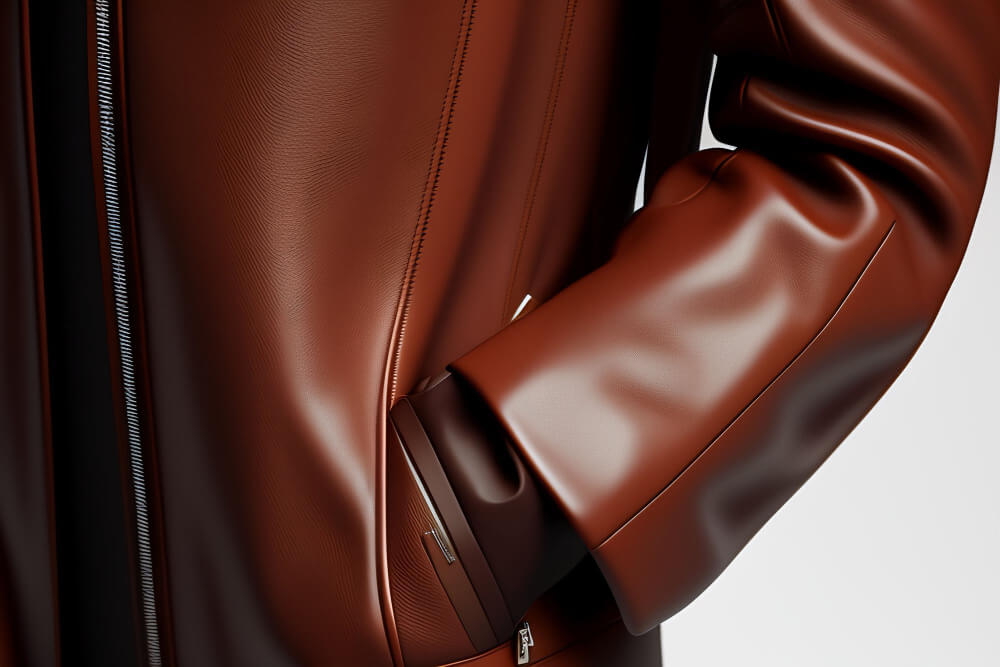
Sustainable Leather: The leather industry is progressively adopting sustainable production methods, including environmentally friendly tanning techniques and initiatives promoting recycling. This trend aligns with the growing consumer demand for ethical fashion and environmentally friendly choices.
Rise of Faux Fur: With heightened awareness of animal welfare, faux fur has emerged as a cruelty-free alternative in the fashion industry. Fashion brands and designers are increasingly incorporating faux fur into their designs, meeting consumer desires for sustainable fashion. This trend not only drives innovation but also reflects the fashion industry’s positive response to more ethical and environmentally friendly materials.
From basic weaves to cutting-edge innovations, each fabric classification brings a unique chapter to the fashion story.
With this newfound understanding, may your fashion choices be richer and your style narrative richer.
Stay tuned as we continue to explore the richness and innovation of apparel fabrics in subsequent chapters of The Ultimate Guide!

